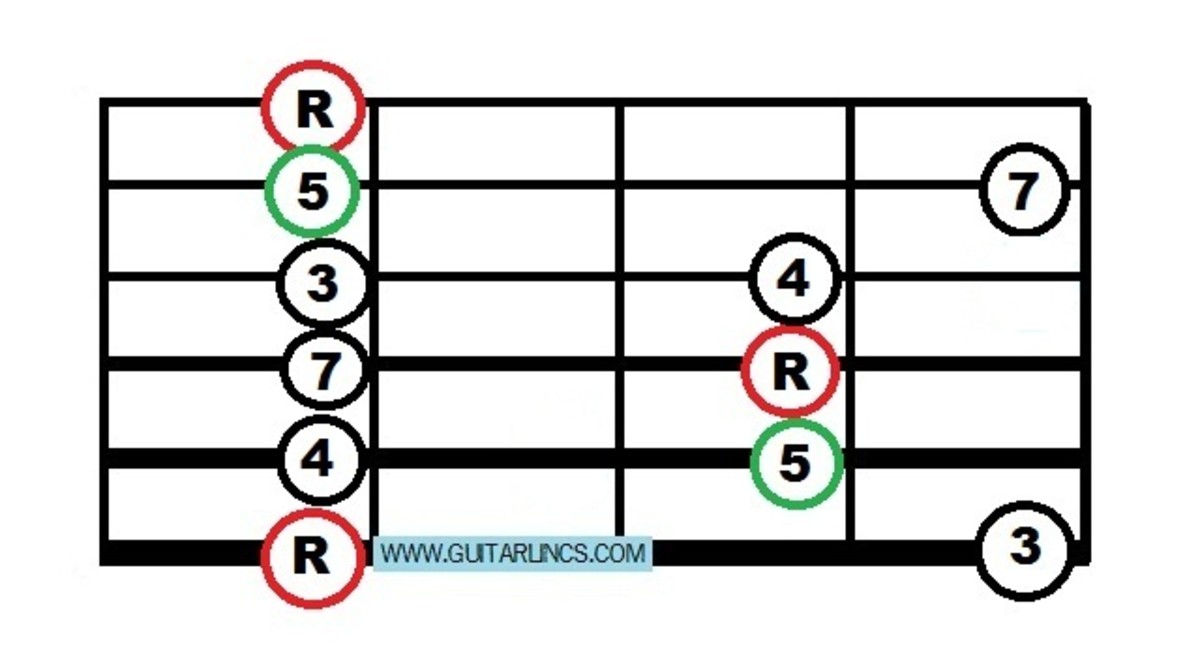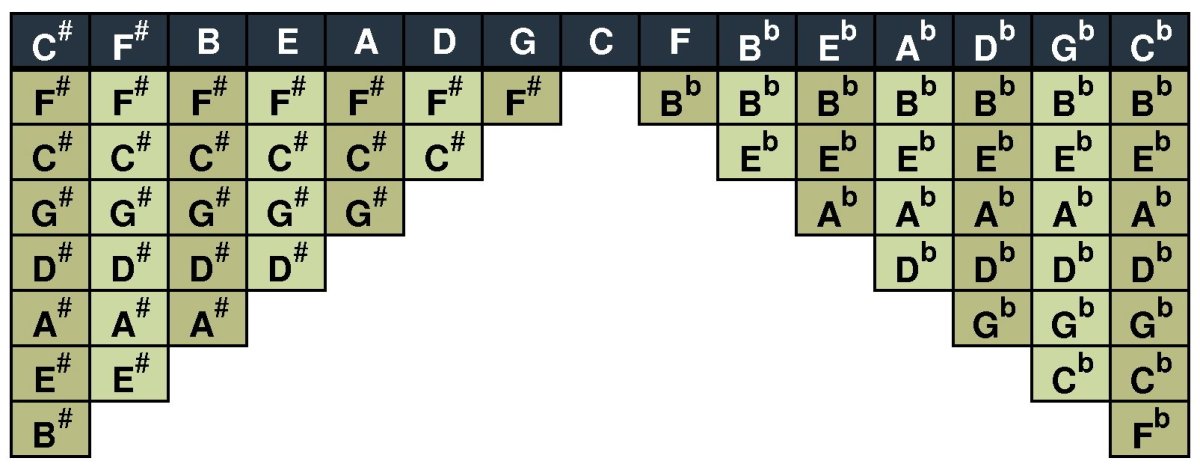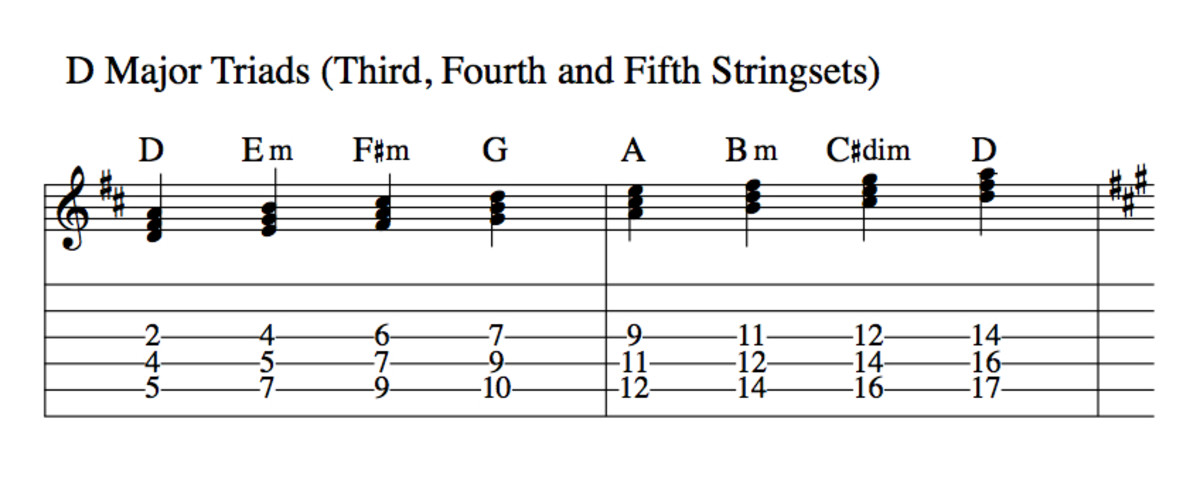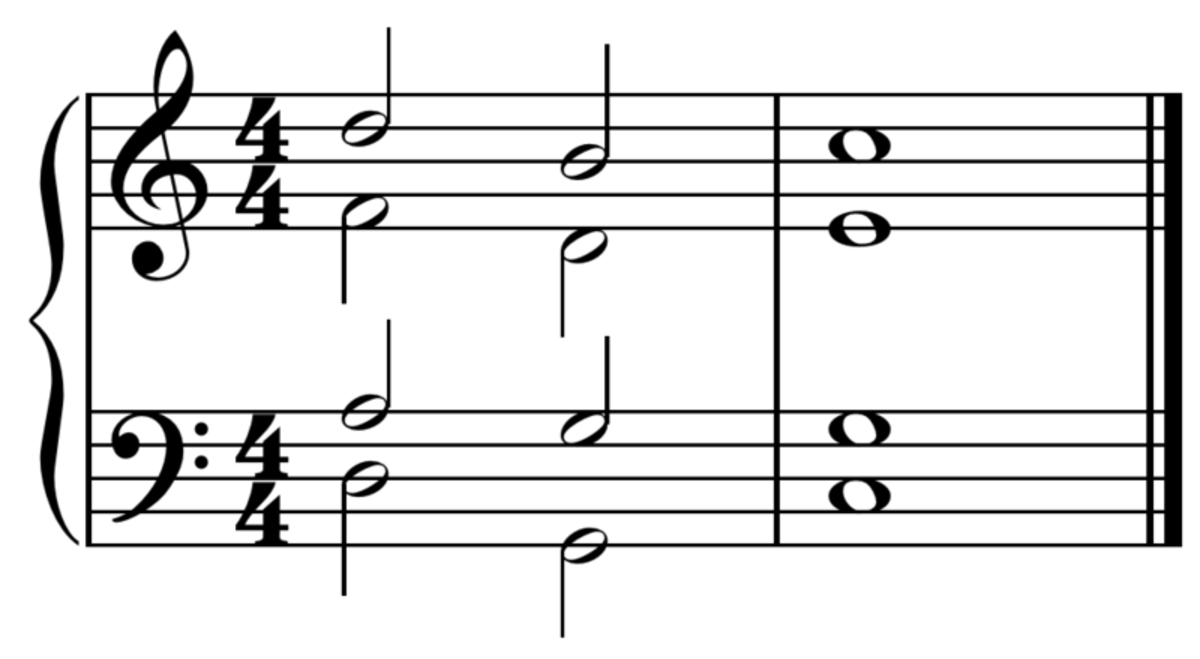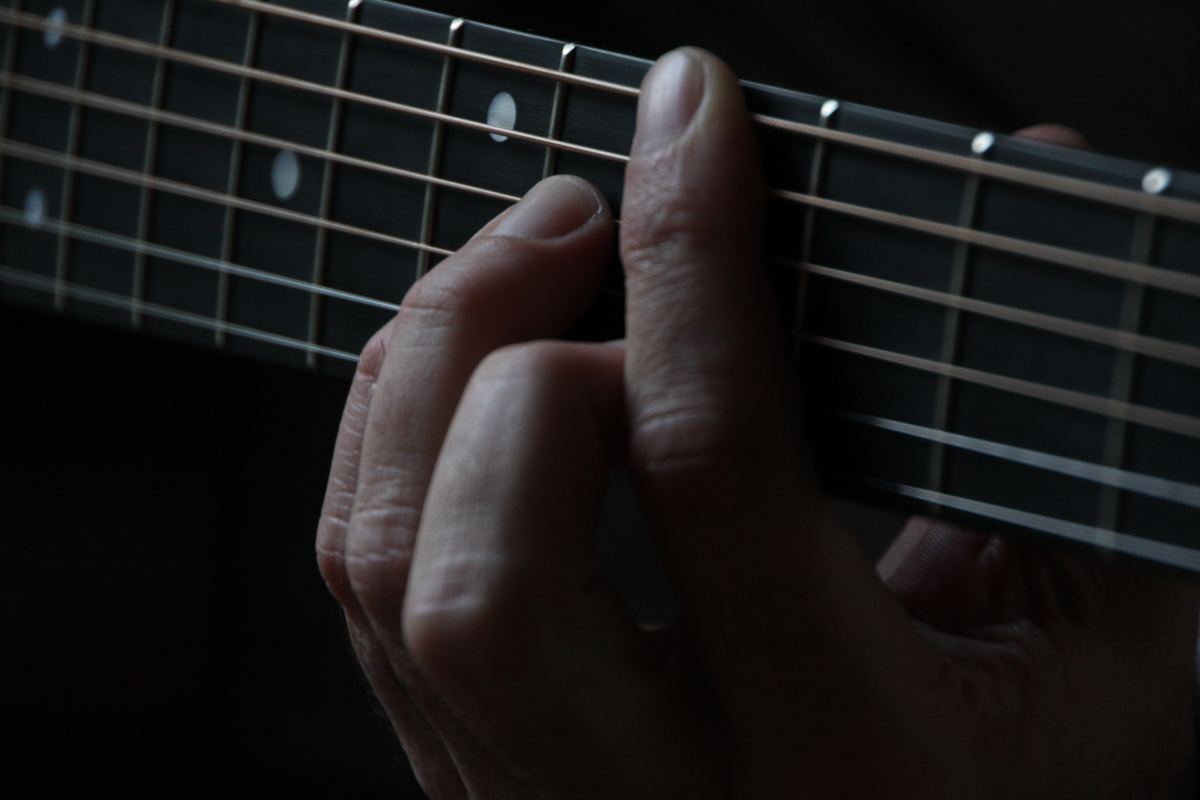Types of Scales: What is the Whole Tone Scale?
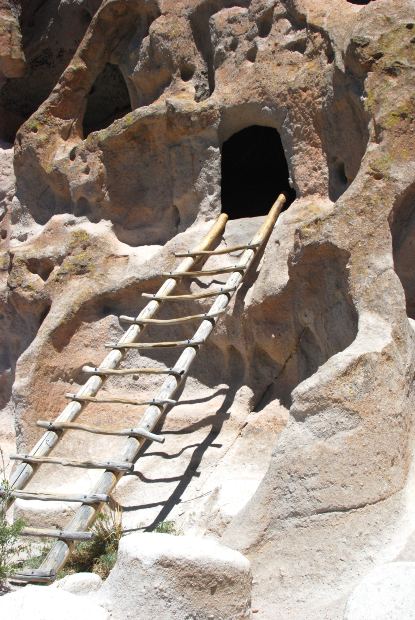
Much of the music you hear is probably based around a certain key, whether that's a major key or a minor key. Within those keys you'll also be able to recognize the composer's use of particular scales, again either major or minor. If you write music yourself you'll probably use the major-minor system for most of what you create - but there are other alternatives as well.
One such alternative is the whole tone scale. This scale is easily recognizable in the music of composers such as Claude Debussy who made extensive use of it in his piano and orchestral works. It has also become an important feature in the harmonic structure of many jazz pieces and can be heard in the offerings of Thelonious Monk, Art Tatum, John Coltrane, and others.
Before we discuss the whole tone scale in length let's first examine the structure of the major and minor scales, as this will help you to understand the way the whole tone version is put together.
What is a Whole Tone Scale?
A whole tone scale is comprised of just six notes, each one separated from the next by the interval of a whole tone. Whole tone scales are also called hexatonic (six notes), and there are only two whole tone scales available depending on which note one chooses to begin.

Scales Formed using Whole and Half Tones
What we call major and minor scales are also known as diatonic scales. The term "diatonic" refers to how the scales progress up or down using only the notes found in the prevailing key. Although not technically accurate, I have always found it easier to remember what diatonic stands for by thinking in terms of the prefix "di" - which means two - and "tonic" - which means tone. In other words, a diatonic scale makes use of two types of tones, i.e. whole tones and half tones (or semitones), such as the scales of C major or A minor.
Major and minor scales can be identified by the way their whole tones and semitones are configured. In a major scale, the configuraton is as follows:
- WT-WT-ST-WT-WT-WT-ST
In the natural minor scale, the configuration is:
- WT-ST-WT-WT-ST-WT-WT
WT stands for whole tone and ST stands for semitone. Here's what those two scales look like on the staff:


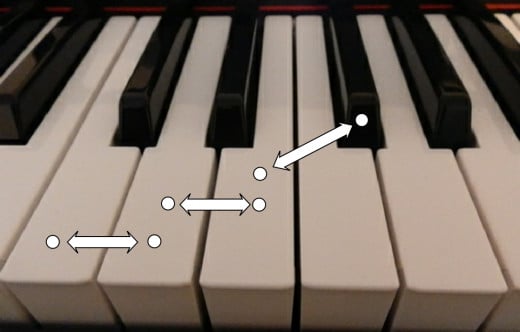
Scales Formed using Only Whole Tones
The whole tone scale is different. Instead of using whole tones and semitones, it uses whole tones exclusively. That gives it a unique sound all its own and creates new possibilities for composers wishing to move away from the usual major-minor environment.
Because the whole tone scale uses only whole tones, the scale it creates is smaller. That's because it takes only six notes to get from the tonic (e.g. C) to the next occurrence (the next C) on the keyboard. Using whole tones also means that there are only two possible scales that can be formed in this way, because every other version makes use of the notes that belong to one or the other of the originals.
Here's an example of a whole tone scale starting on the note C:

And here's an example of a whole tone scale starting on the note C sharp:

These are the only two whole tone scales. You can easily prove that for yourself by attempting to play another whole tone scale, starting on the note D or the note B, for example. As soon as you do you'll discover that you're playing the same notes - although perhaps in a slightly different order - that are used in one of the two whole tone scales above.

